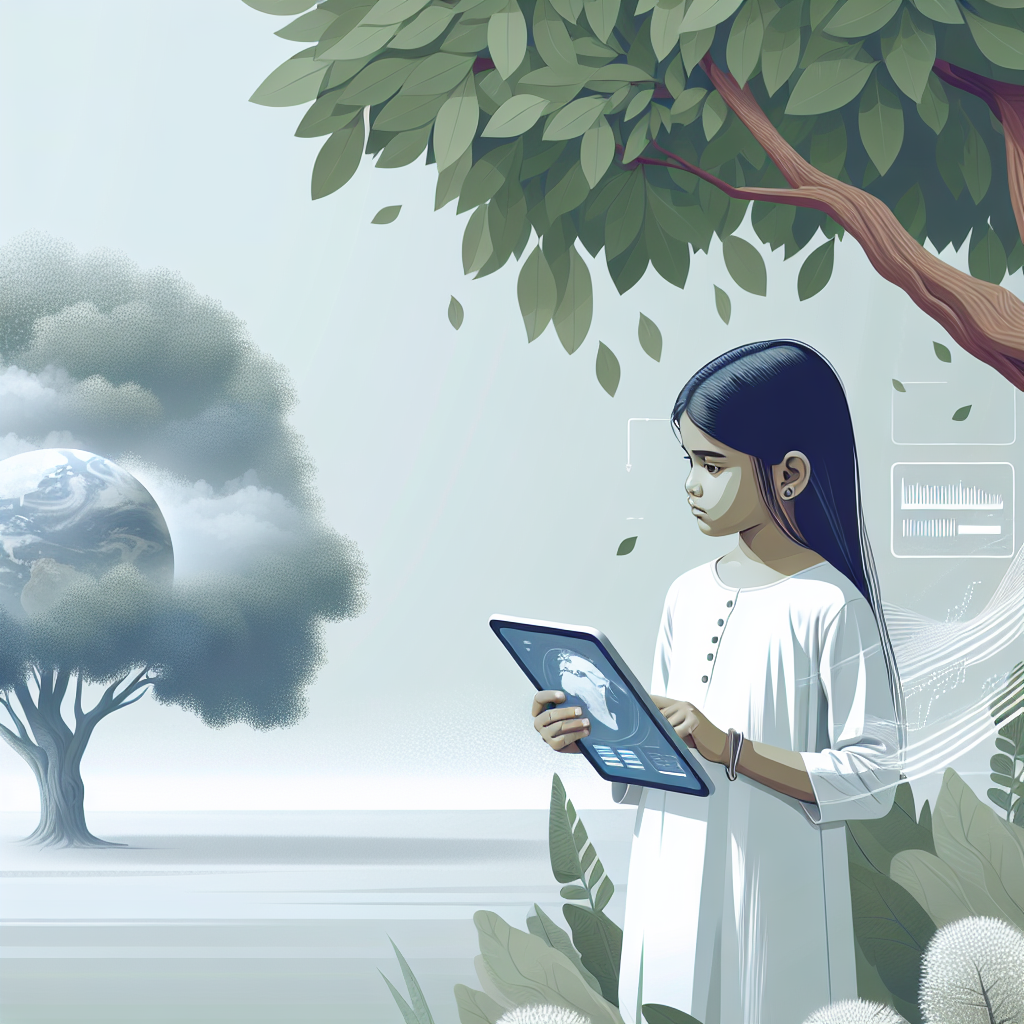Understanding Eco-Anxiety in Children and Adolescents
Eco-anxiety, the chronic fear of environmental doom, is increasingly prevalent among the younger population. This article delves into its effects on children and adolescents, highlighting why early intervention is crucial.
What is Eco-Anxiety?
Eco-anxiety is a term that describes a deep-seated fear of environmental cataclysm. To understand its impact on the youth, visit What is Eco-Anxiety?
With rising awareness about climate change, children and adolescents are becoming more susceptible to eco-anxiety. This phenomenon can manifest in various forms, from mild concern to severe distress and feelings of powerlessness.
The Role of Social Media
New avenues like social media can amplify these fears among youngsters. Excessive exposure to catastrophic environmental news can trigger intense worry. Read more about this in: Social Media Impact on Eco-Anxiety.
Eco-Anxiety and Future Uncertainty
The thought of inheriting a deteriorating planet can cause significant stress among the young ones. The concept of ‘future uncertainty’ strikes a particular chord with adolescents. Learn more at Eco-Anxiety and Future Uncertainty.
Comparative Studies of Eco-Anxiety
To quantify the prevalence of eco-anxiety in youth, several studies have been undertaken. Comparative analysis has shown a spike in environmental concerns among this group. Insights can be found in Comparative Studies on Eco-Anxiety.
Psychological Theories Behind Eco-Anxiety
Understanding the psychological mechanisms at play is essential for addressing eco-anxiety. Different theories help unravel the emotional responses to environmental crises. Read up on Psychological Theories of Eco-Anxiety.
Sources:
- Journal of Clinical Psychology
- The American Academy of Pediatrics
- UNICEF Reports on Climate Change and Child’s Health
